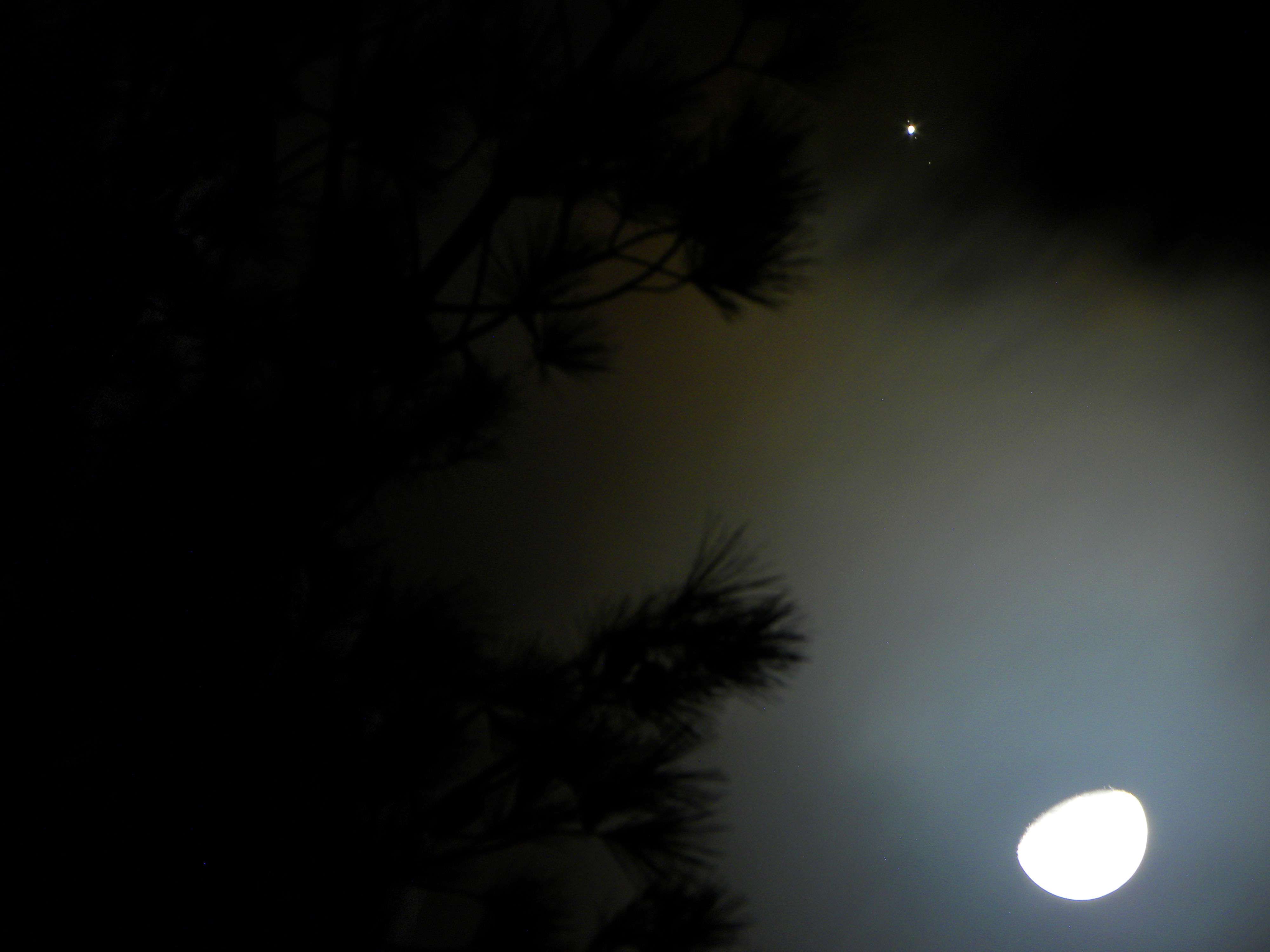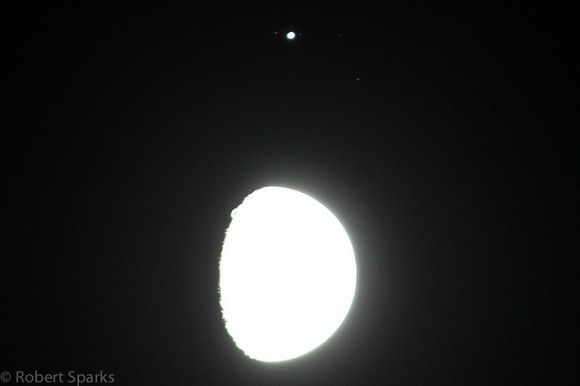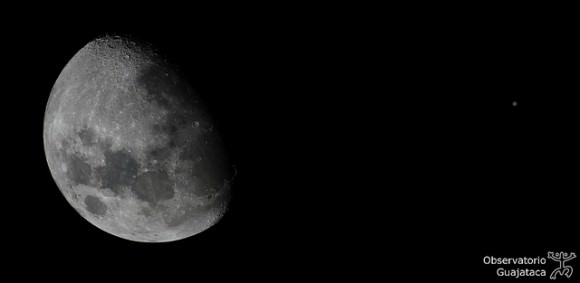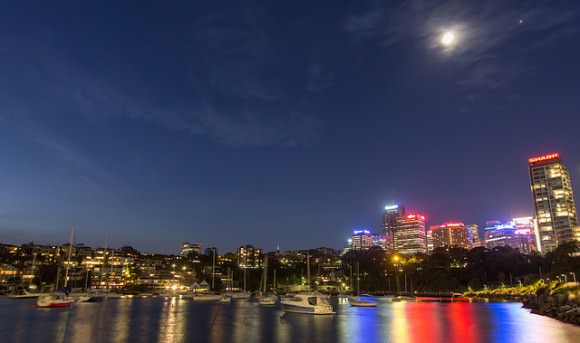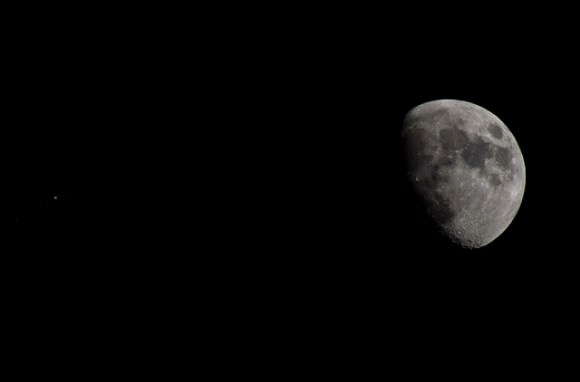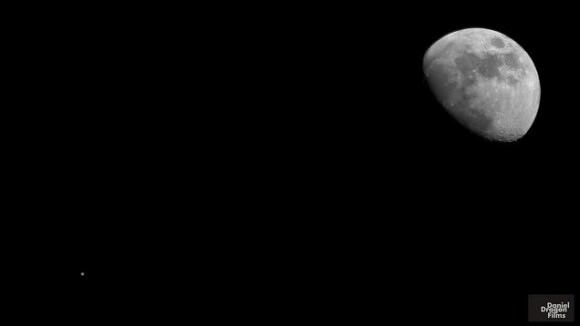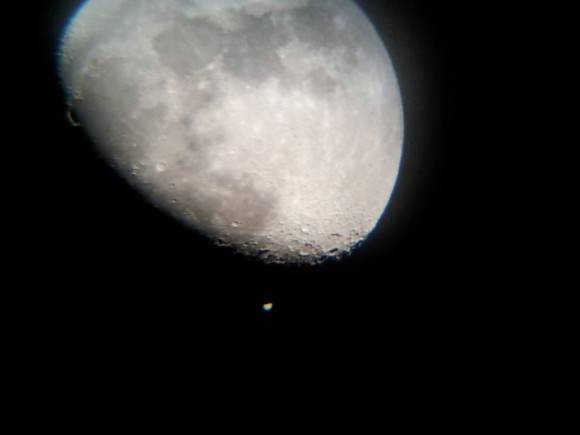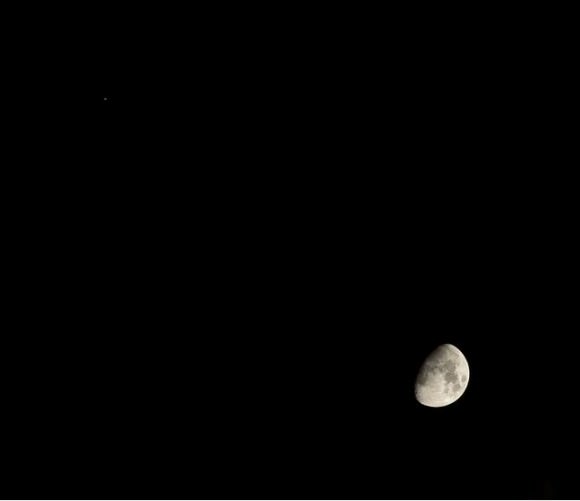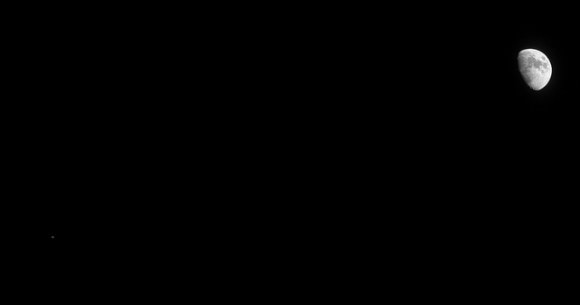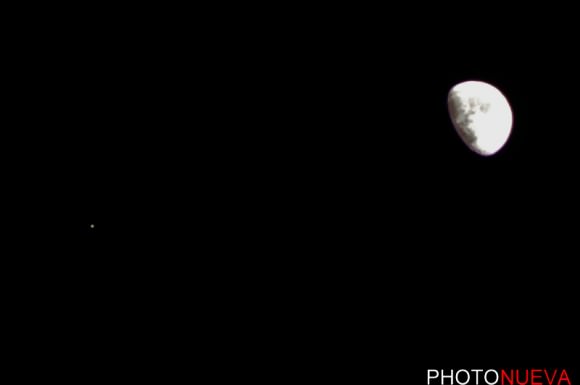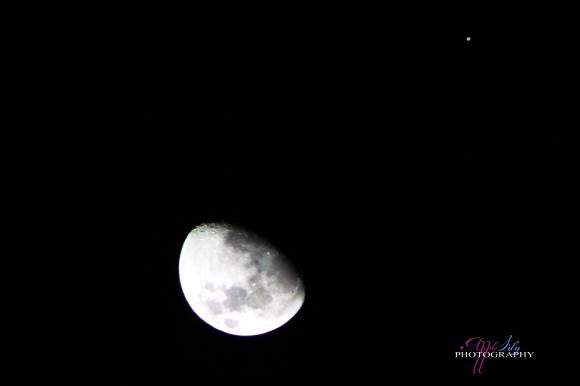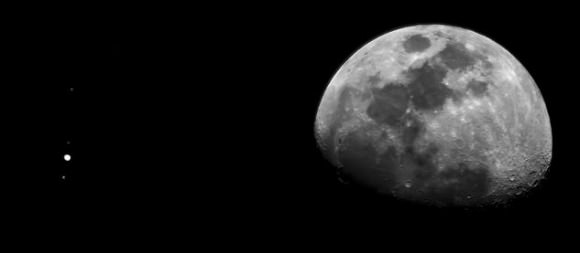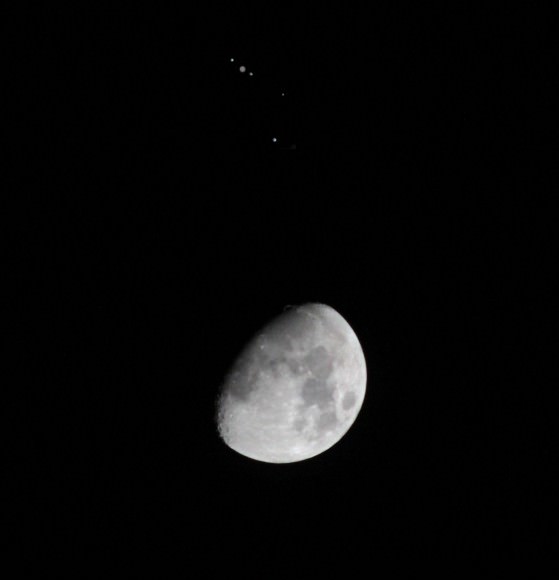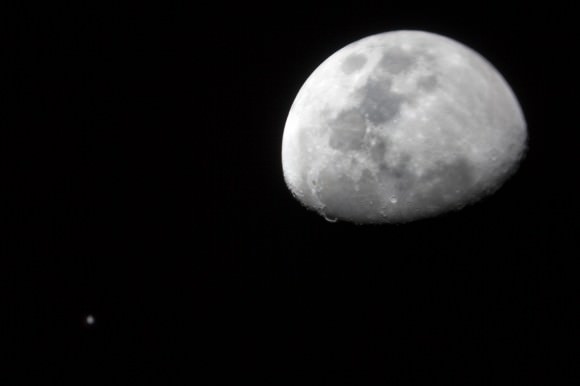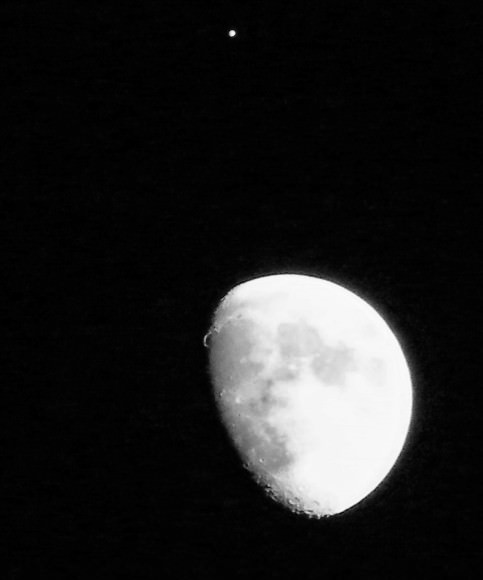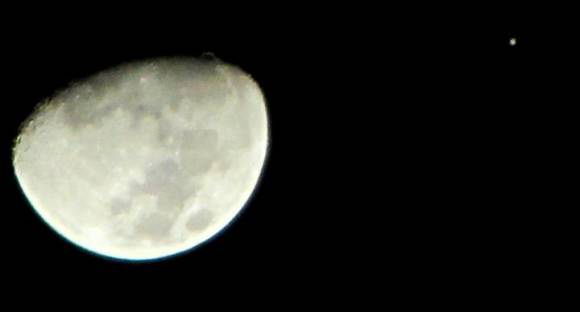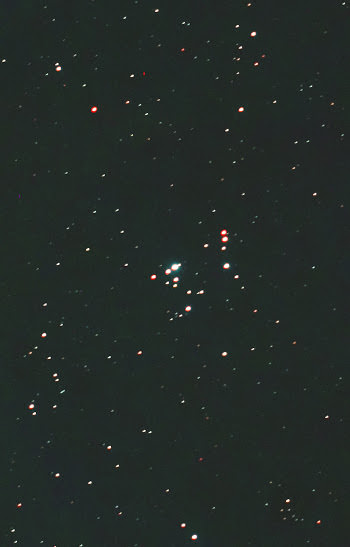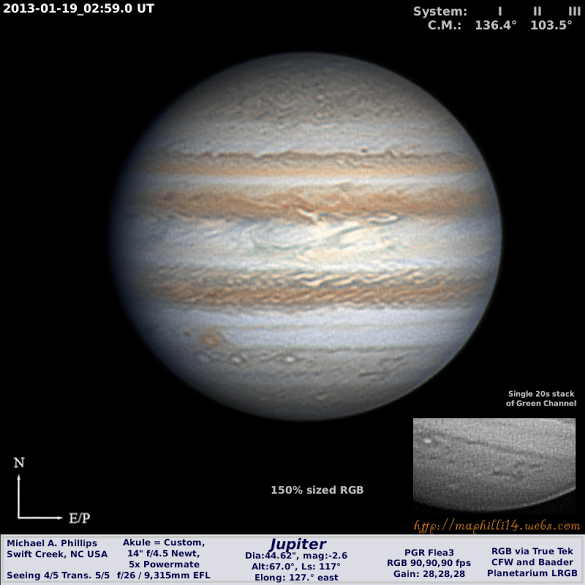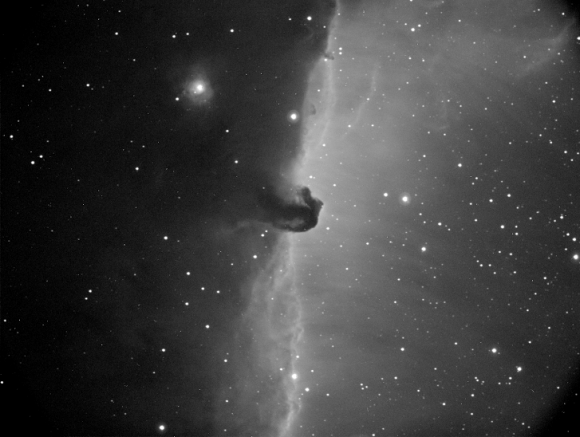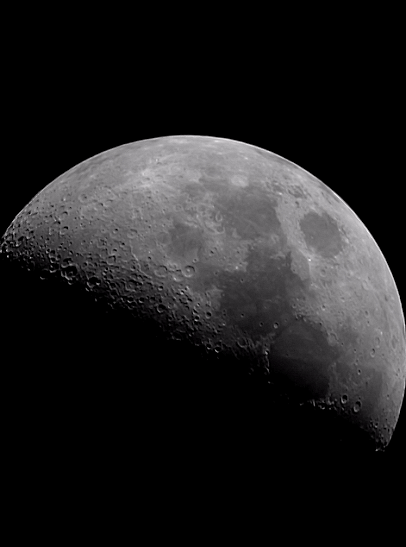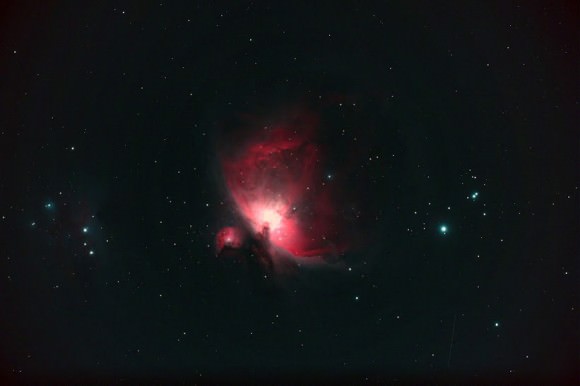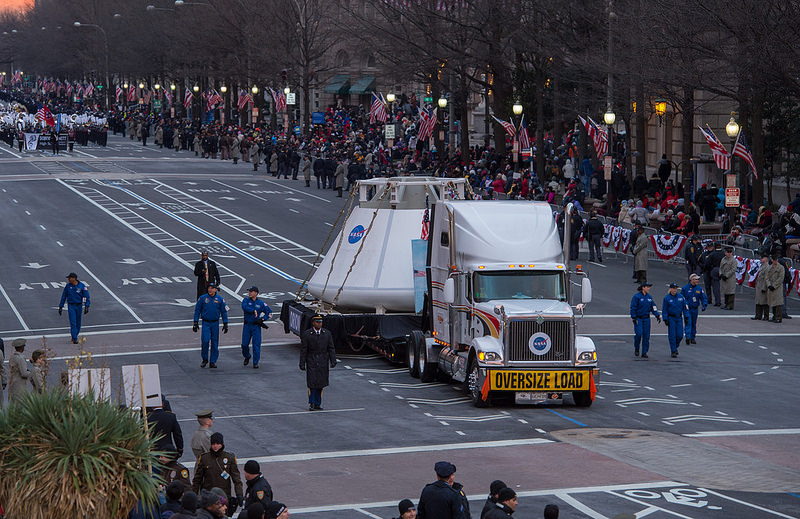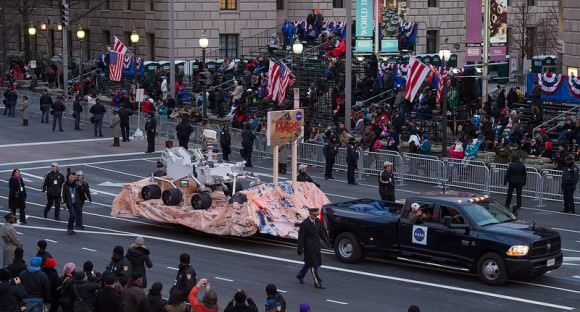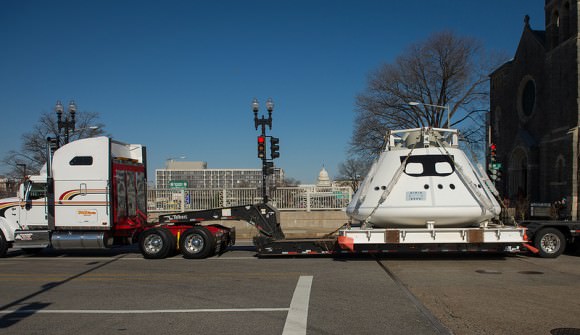Image of Uranus’ crescent taken by a departing Voyager 2 on January 25, 1986 (NASA/JPL)
27 years ago today, January 24, 1986, NASA’s Voyager 2 spacecraft sped past Uranus, becoming simultaneously the first and last spacecraft to visit the blue-tinged gas giant, third largest planet in the Solar System.
The image above shows the crescent-lit Uranus as seen by Voyager 2 from a distance of about 965,000 km (600,000 miles.) At the time the spacecraft had already passed Uranus and was looking back at the planet on its way outwards toward Neptune.
Although composed primarily of hydrogen and helium, trace amounts of methane in Uranus’ uppermost atmosphere absorb most of the red wavelengths of light, making the planet appear a pale blue color.
Image of the 1,500-km-wide Oberon acquired by Voyager 2 on Jan. 24, 1986 (NASA/JPL)
The second of NASA’s twin space explorers (although it launched first) Voyager 2 came within 81,800 kilometers (50,600 miles) of Uranus on January 24, 1986, gathering images of the sideways planet, its rings and several of its moons. Voyager 2 also discovered the presence of a magnetic field around Uranus, as well as 10 new small moons.
Three moons discovered by Voyager 2 in 1986 (NASA/JPL)
Data gathered by Voyager 2 revealed that Uranus’ rate of rotation is 17 hours, 14 minutes.
At the time of this writing, Voyager 2 is 15,184,370,900 km from Earth and steadily moving toward the edge of the Solar System at a speed of about 3.3 AU per year. At that distance, signals from Voyager take just over 14 hours and 4 minutes to reach us.
See images from Voyager 2’s visit of Uranus here, and check out a video of the August 20, 1977 launch below along with more images from the historic Voyager mission’s “Grand Tour” of the outer Solar System.

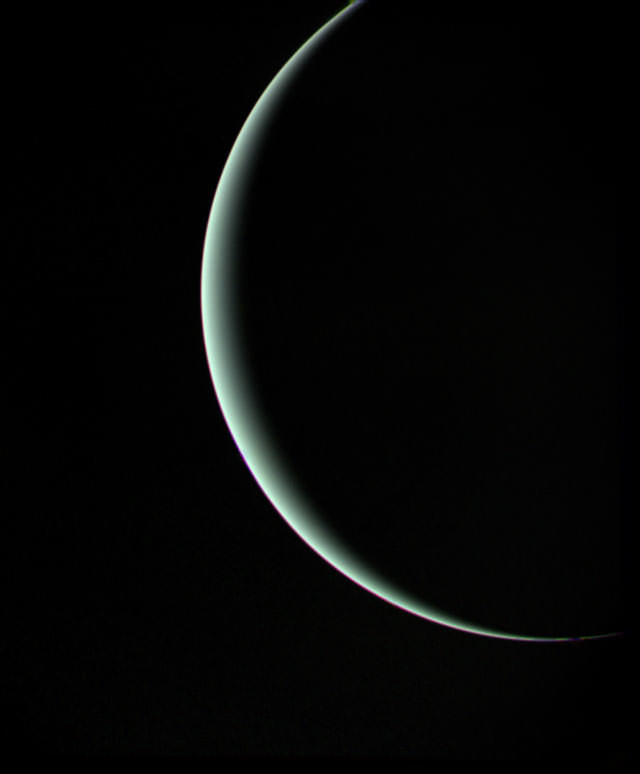
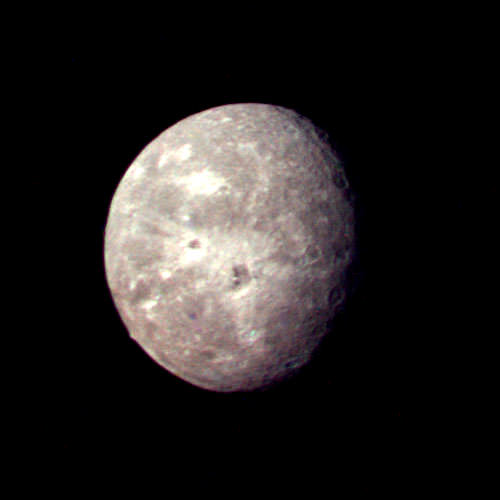
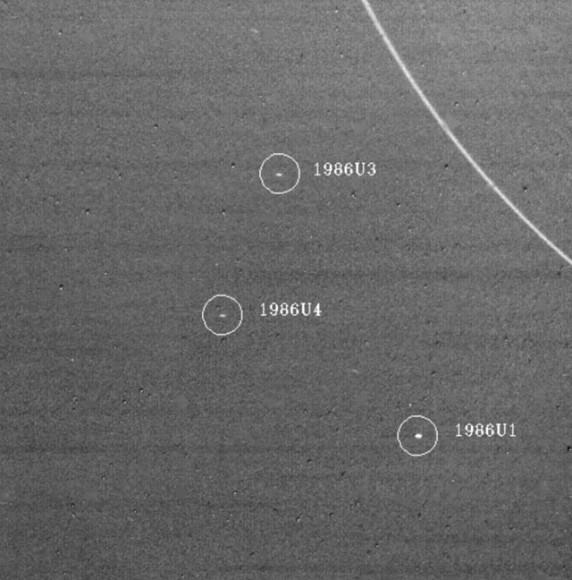
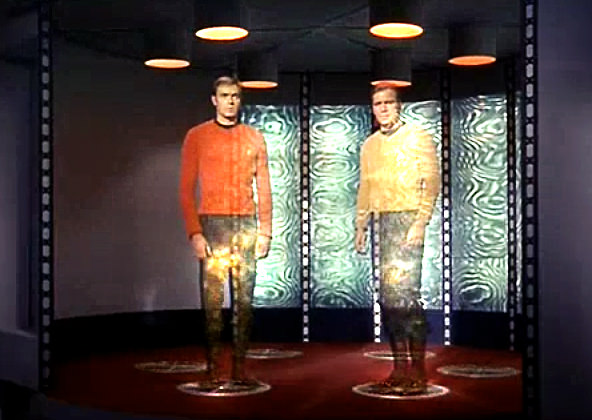
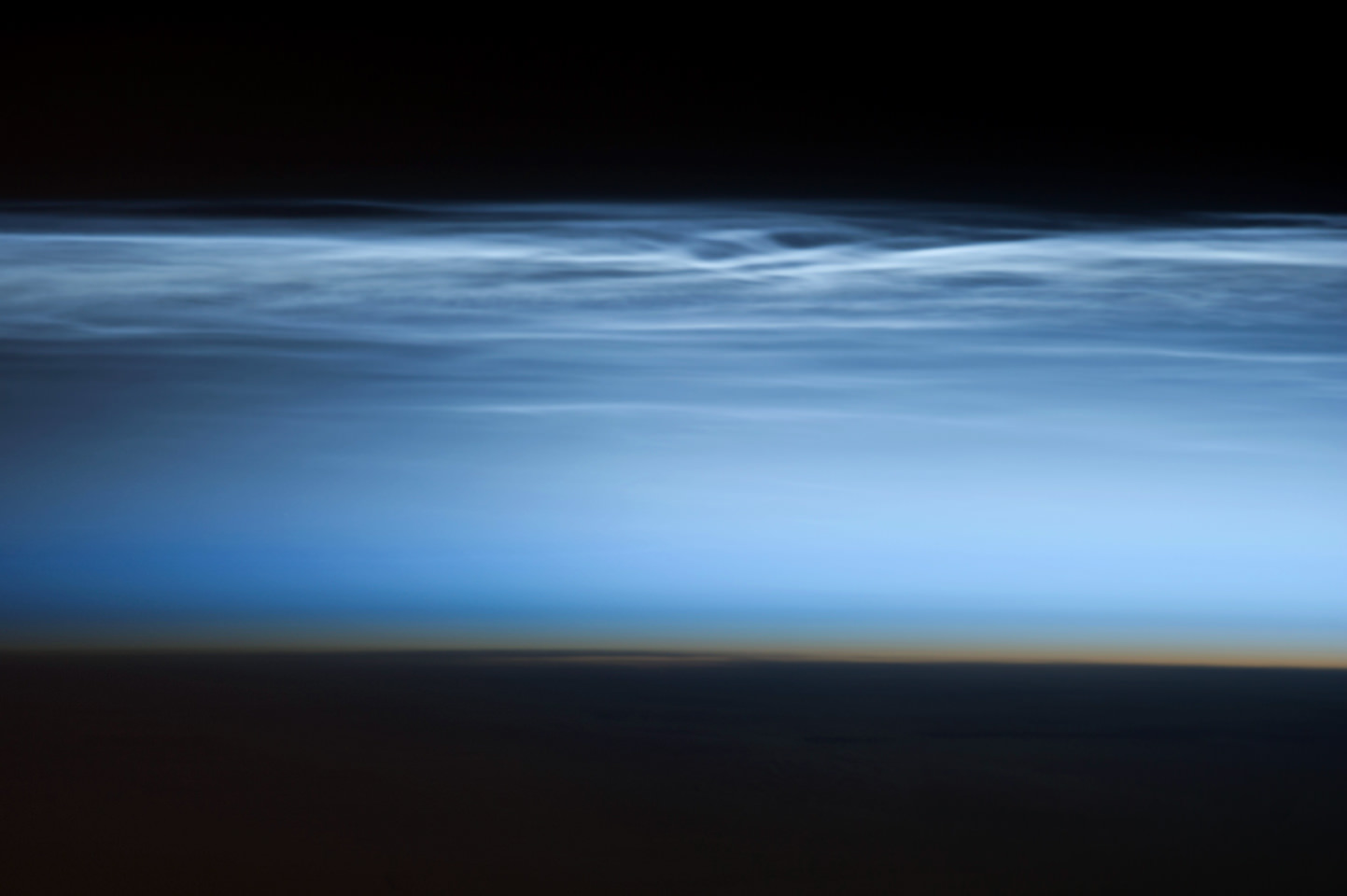
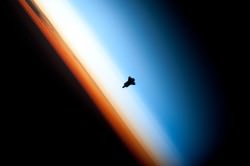
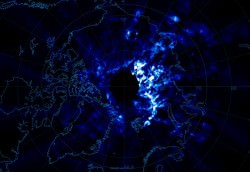

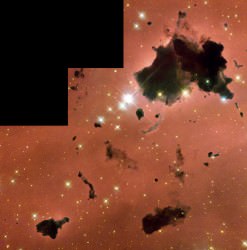
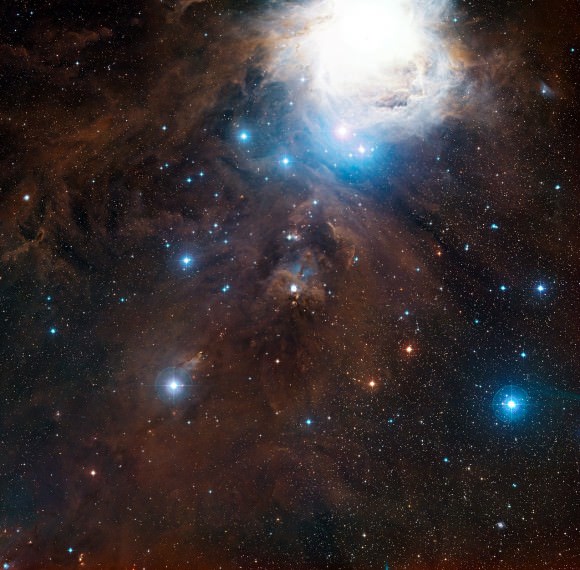
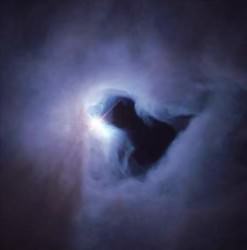
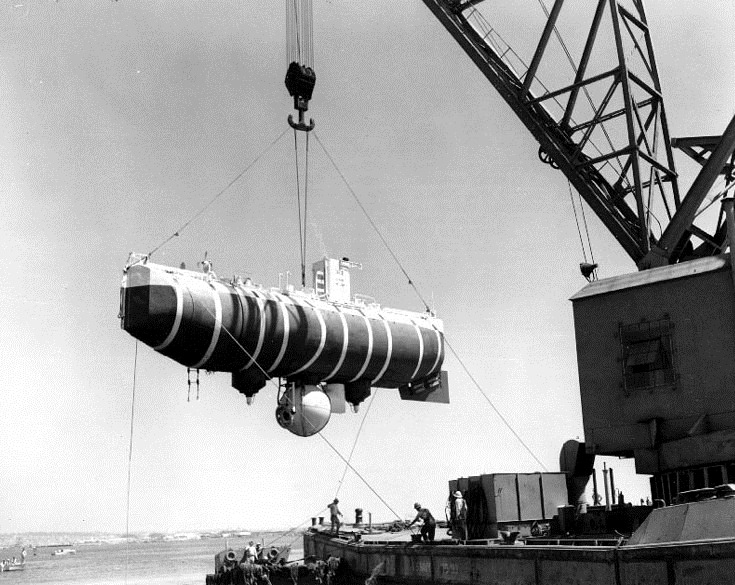
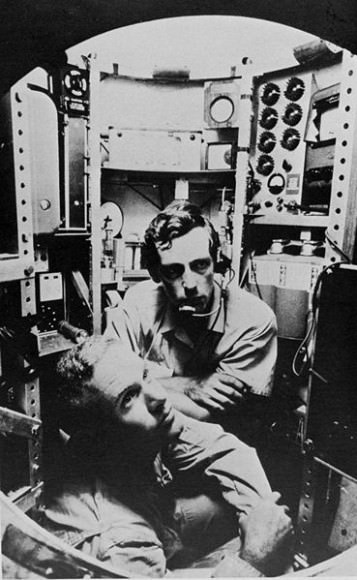
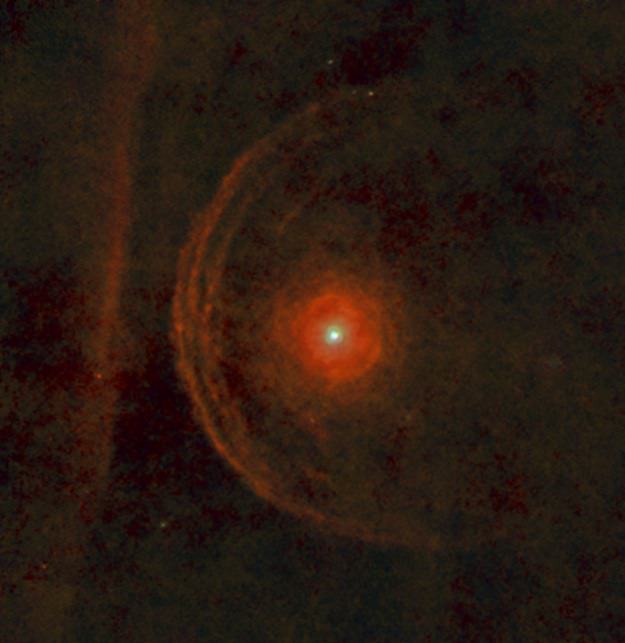
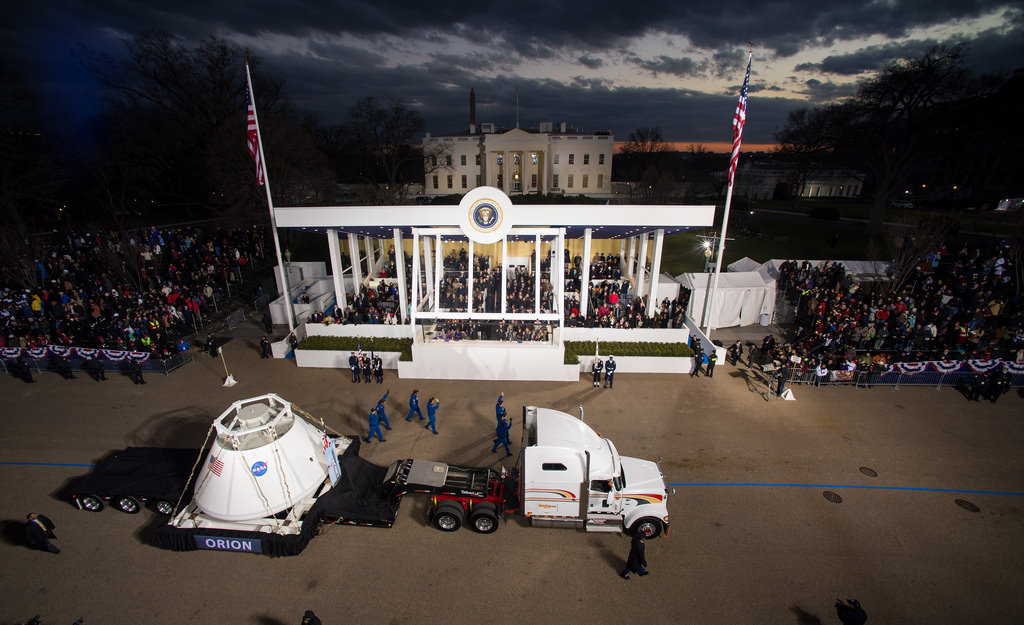
![8403941024_d82bee7a00_b[1]](https://www.universetoday.com/wp-content/uploads/2013/01/8403941024_d82bee7a00_b1-580x360.jpg)
